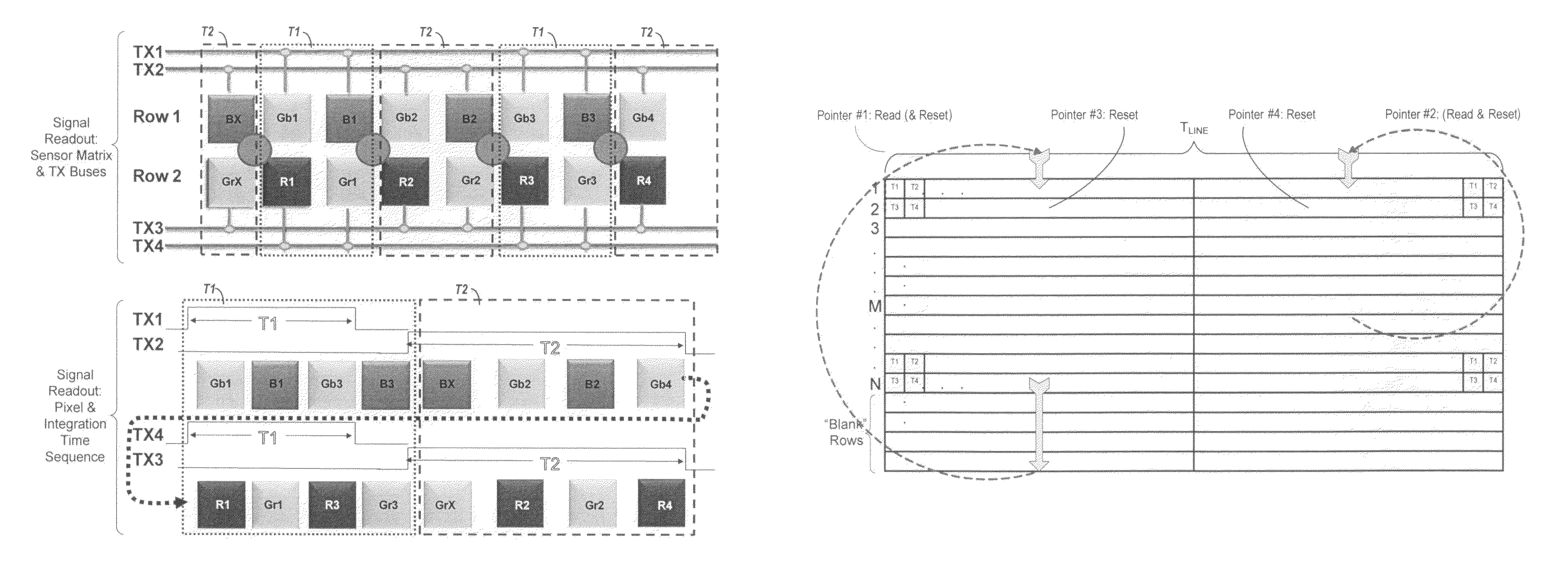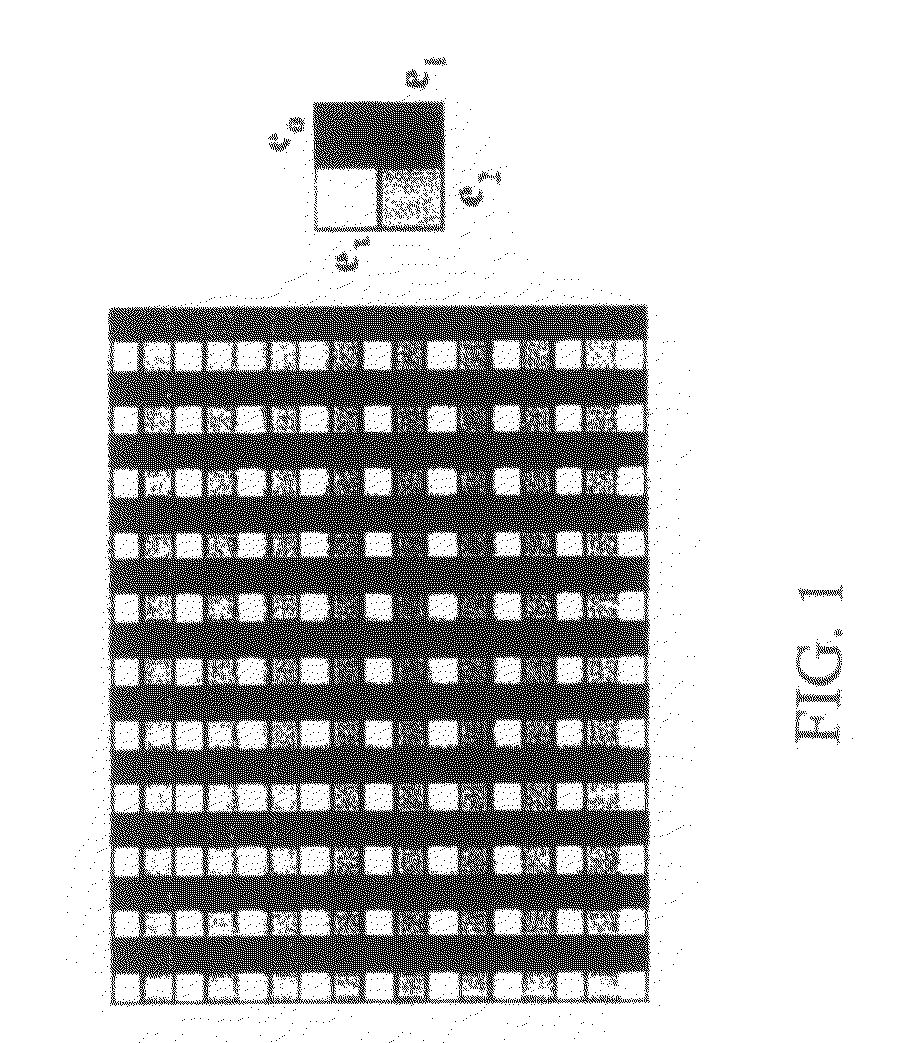Image sensor with wide dynamic range
a technology of image sensor and dynamic range, which is applied in the field of cmos image sensor, can solve the problems of processing images that contain motion artifacts, the scene to be photographed is often too dark, and the lighting conditions are not ideal, and achieves the effect of wide dynamic rang
- Summary
- Abstract
- Description
- Claims
- Application Information
AI Technical Summary
Benefits of technology
Problems solved by technology
Method used
Image
Examples
Embodiment Construction
[0031]The following description is provided to enable any person skilled in the art to make and use the invention and sets forth the best modes contemplated by the inventor for carrying out the invention. Various modifications, however, will remain readily apparent to those skilled in the art. Any and all such modifications, equivalents and alternatives are intended to fall within the spirit and scope of the present invention.
[0032]According to the present invention, a unique checkerboard pattern of filters is deposited on an image sensor, wherein different sub-blocks of pixels have different integration times. Since the integration times can be programmably varied, the dynamic range of the sensor can be continuously adjusted. Moreover, since the long and short exposure times are combined in a single contiguous frame of the full image sensor, there are only negligible motion artifacts, compared to prior art WDR images.
[0033]For example, as shown in FIG. 2, alternating sub-blocks of ...
PUM
 Login to View More
Login to View More Abstract
Description
Claims
Application Information
 Login to View More
Login to View More - R&D
- Intellectual Property
- Life Sciences
- Materials
- Tech Scout
- Unparalleled Data Quality
- Higher Quality Content
- 60% Fewer Hallucinations
Browse by: Latest US Patents, China's latest patents, Technical Efficacy Thesaurus, Application Domain, Technology Topic, Popular Technical Reports.
© 2025 PatSnap. All rights reserved.Legal|Privacy policy|Modern Slavery Act Transparency Statement|Sitemap|About US| Contact US: help@patsnap.com



